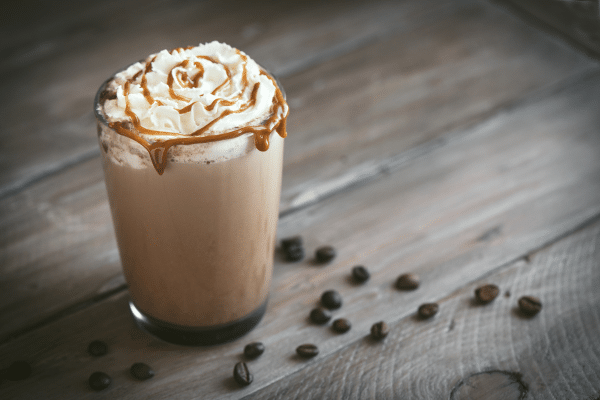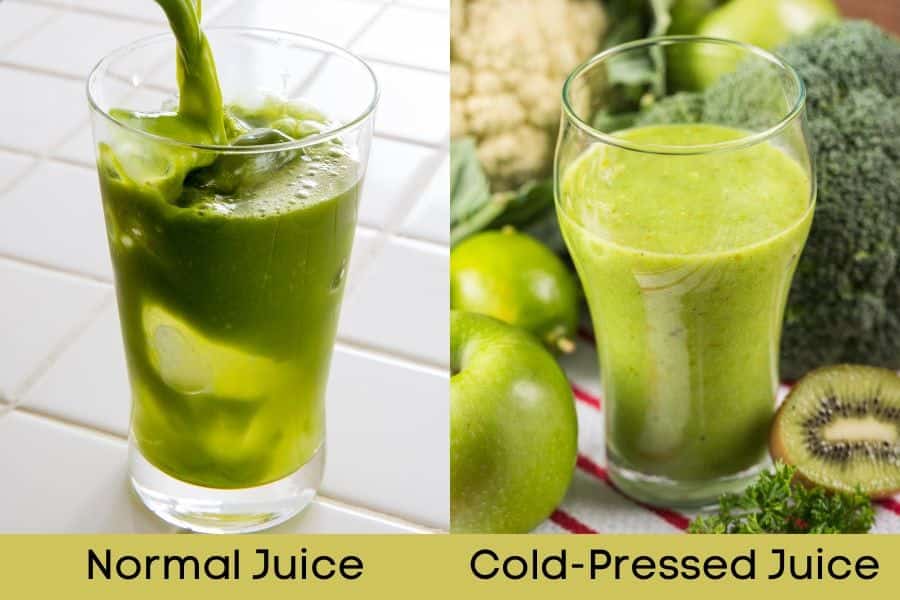Coffee, a beverage cherished worldwide, not only energizes mornings but also holds a significant cultural and social role. Different preparations of this beloved drink offer varied health impacts, making it essential to understand what lies in each cup. From the classic black coffee to more elaborate concoctions, the journey through coffee’s health spectrum is both intriguing and enlightening. This exploration reveals how each type of coffee affects health, guiding enthusiasts to make informed choices for their daily caffeine fix.
Contents
Black Coffee

The quintessential choice for purists, black coffee is as straightforward as it gets: water and coffee beans, nothing more. This simplicity is its greatest health asset. Rich in antioxidants, black coffee can reduce the risk of certain diseases, including Parkinson’s and Type 2 diabetes. It’s also a calorie-free beverage, making it an ideal choice for those monitoring their calorie intake. However, it’s crucial to consume it in moderation, as excessive intake can lead to caffeine-related side effects.
Contrary to popular belief, black coffee is not the dehydrating villain it’s often made out to be. Its diuretic effect is mild and generally not harmful to hydration levels. Additionally, concerns about its acidity often overlook the fact that the human stomach is naturally acidic. For most people, the acidity of black coffee is not a cause for concern. However, individuals with certain digestive conditions may need to be cautious.
Espresso

Espresso, the heart of many favorite coffee drinks, is known for its concentrated flavor and high caffeine content. It’s a potent brew, often enjoyed in small servings, that offers a significant caffeine punch with minimal liquid. Espresso’s health benefits are similar to black coffee, but its concentrated nature means these effects are more intense. This makes it an excellent option for a quick energy boost without the added calories of milk or sugar.
However, the high caffeine content of espresso warrants attention. It’s easy to overconsume caffeine with espresso, especially for those who favor multiple shots in their drinks. Overconsumption can lead to jitteriness, insomnia, and increased heart rate. It’s also worth noting that while espresso has more caffeine per ounce, a typical serving is much smaller than a standard cup of coffee, balancing out the total caffeine intake.
Americano

Americano, a popular choice for those who prefer a milder version of espresso, consists of espresso shots diluted with hot water. This combination retains the flavor and some of the health benefits of espresso, but with a reduced caffeine concentration per cup. The Americano offers a healthier alternative to other milk-based coffee beverages, as it lacks the added calories from milk and sugar. It’s particularly beneficial for those who enjoy the taste of coffee but are sensitive to the strong effects of straight espresso.
The health profile of an Americano closely mirrors that of black coffee, with the added advantage of being customizable in terms of strength. By adjusting the ratio of water to espresso, drinkers can control both the flavor intensity and the caffeine content. This customization makes it a versatile choice for coffee enthusiasts who are conscious about their caffeine intake. However, like black coffee, it’s important to consume Americano in moderation to avoid the potential side effects of excessive caffeine.
Latte

Lattes, a creamy blend of espresso and steamed milk, are a staple in coffee culture. The addition of milk not only softens the intense flavor of espresso but also introduces additional nutritional benefits, such as calcium and protein. However, this comes with an increase in calories, especially when whole milk is used. For those watching their calorie intake, opting for skim or plant-based milk can be a healthier choice.
The downside of lattes lies in the potential for high-calorie counts, particularly when flavored syrups and sweeteners are added. These additions can transform a simple latte into a high-sugar, high-calorie beverage, diminishing its health benefits. For health-conscious consumers, choosing a latte with minimal added sugars and syrups is crucial. It’s also important to consider individual dietary needs and preferences, such as lactose intolerance or dairy allergies, when opting for a latte.
Cappuccino

Cappuccinos, similar to lattes, are composed of espresso, steamed milk, and a generous topping of milk foam. This classic coffee drink balances the strength of espresso with the creaminess of milk, offering a delightful taste experience. The nutritional content of a cappuccino is comparable to that of a latte, providing the same benefits and drawbacks associated with milk.
However, cappuccinos often become less healthy when flavored with syrups and sugars. Many commercially prepared cappuccinos come with added sweeteners, which significantly increase the calorie and sugar content. For a healthier version, choosing a cappuccino with no added flavors or opting for natural sweeteners like honey can make a substantial difference. Moderation remains key, especially for those with dietary restrictions or those monitoring their sugar intake.
Mocha

Mochas bring together the bold flavors of coffee and chocolate, creating a rich and indulgent beverage. The addition of chocolate, typically in the form of syrup, adds antioxidants but also significantly increases the sugar and calorie content. This makes mochas a less healthy option compared to more straightforward coffee drinks. The health benefits of the coffee are still present, but they are overshadowed by the high sugar content.
While indulging in a mocha occasionally can be a delightful treat, regular consumption can contribute to an increased intake of added sugars. This can have negative health implications, particularly for those with health conditions such as diabetes. To enjoy a healthier version of a mocha, opting for dark chocolate with a higher cocoa content and less sugar, or reducing the amount of chocolate syrup used, can be beneficial.
Frappuccino/Frozen Blends

Frappuccinos and similar frozen coffee blends are often the least healthy coffee options. Typically loaded with sugar, flavored syrups, and whipped cream, these drinks are more akin to desserts than traditional coffee beverages. Their high calorie and sugar content can significantly impact one’s diet, particularly if consumed frequently.
The appeal of these drinks lies in their refreshing, dessert-like qualities, but this comes at the cost of nutritional value. For those seeking a healthier alternative, opting for a smaller size, requesting less syrup, or skipping the whipped cream can reduce the calorie and sugar content. However, it’s important to recognize that even with these modifications, frappuccinos and similar drinks remain on the less healthy end of the coffee spectrum.
The Bottom Line
Navigating the world of coffee and its health implications requires a balance between enjoyment and awareness. From the antioxidant-rich black coffee to the sugar-laden frappuccino, each type of coffee has its own set of health benefits and drawbacks. Making informed choices based on individual health needs and preferences is key. Remember, moderation is essential, and small changes, like reducing added sugars or choosing plant-based milk, can transform a daily coffee habit into a healthier ritual.


